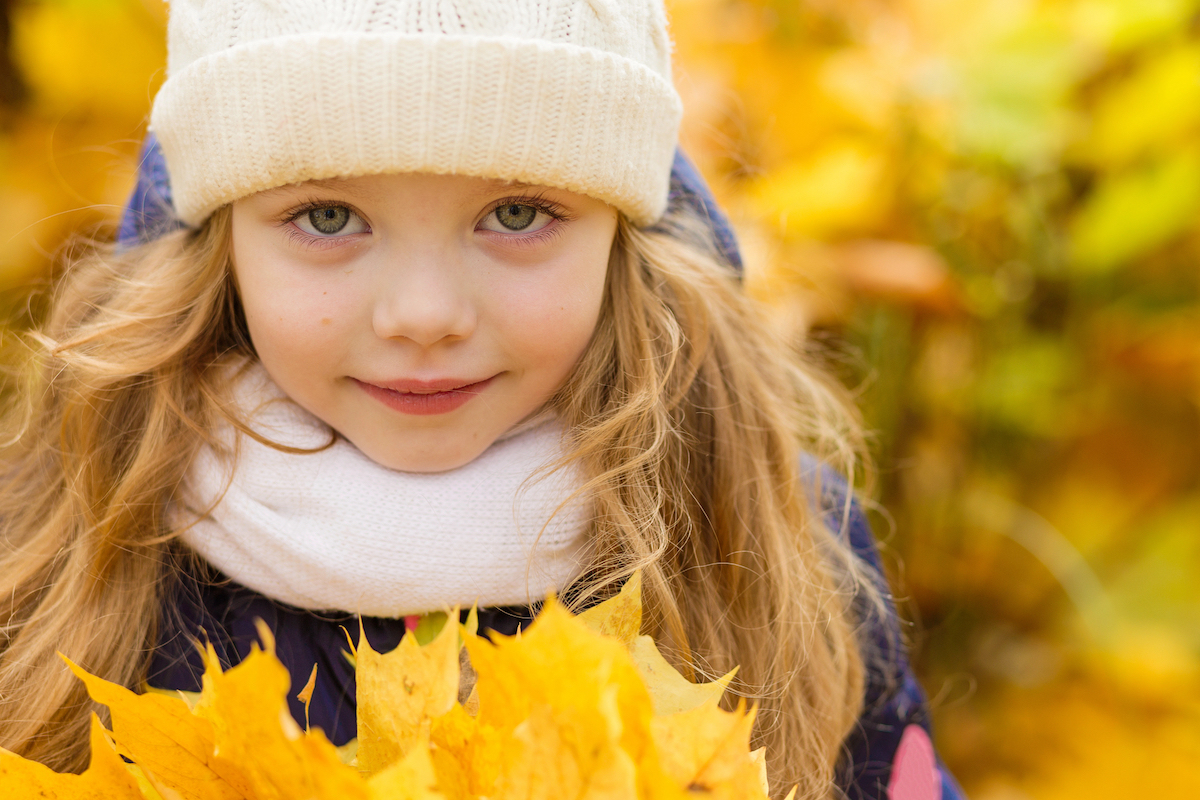As the winter solstice approaches, the shortest day and longest night of the year, we’re reminded of something children instinctively feel: a shift in the air, the light, and even their bodies. Though it may seem subtle to adults, the solstice and the seasonal changes around it can have a profound impact on children’s energy levels, emotions, and sense of well-being.
Rather than pushing against this natural slowdown, families can lean into the rhythm of the season and discover connection, calm, and creativity.
🌙 Children Feel the Season More Deeply Than We Think
Just like adults, children’s internal clocks are guided by natural light. Less sunlight in winter means their circadian rhythms may be disrupted, affecting sleep, mood, and metabolism. Melatonin, the hormone responsible for sleepiness, is produced earlier in the day during winter, leading to increased afternoon fatigue and difficulty waking in the morning. This explains why your usually energetic child might suddenly feel sluggish or irritable.
😬 More Darkness, Less Play
Shorter days and cold weather reduce the time children spend outdoors, which means less movement, fewer sensory experiences, and reduced exposure to natural light. This lack of outdoor play can result in restlessness, irritability, and even trouble concentrating at school or during homework.
Moreover, vitamin D levels can drop due to limited sunlight, which not only affects bone and immune health but also plays a key role in mood regulation. Some children may experience Seasonal Affective Disorder (SAD)-like symptoms, including withdrawal, sadness, or frequent meltdowns.
🙇 Supporting Children Through Seasonal Shifts
Winter is not just colder and darker; it can also be more emotionally intense for children. Their need for emotional support, routine, and warmth increases. Parents might notice:
- Greater clinginess or need for cuddles
- Mood swings or low energy
- Comfort food cravings
- Difficulty focusing or staying motivated
Responding with patience and presence can help children feel safe and supported during this seasonal transition.
🔦 Turn the Darkness Into Magic
While winter comes with challenges, it also brings unique opportunities. Longer evenings indoors create space for creativity, connection, and storytelling. Encourage:
- Art projects, journaling, or reading time
- Building indoor forts and imaginary worlds
- Playing music or acting out stories together
These slower, cozy activities fuel children’s imagination and emotional growth, offering a welcome balance to busy school days.
🕯️ Seasonal Learning & Nature Connection
The winter solstice is a perfect opportunity to teach children about natural cycles, global traditions, and earth science. Families can:
- Create a “winter wish jar” with hopes for the coming season
- Light candles and share what they’re grateful for
- Decorate with natural elements like pinecones or dried oranges
Despite the chill, it’s still important to spend time outdoors. Even a short nature walk to observe bare trees, animal tracks, or frost can reconnect children to the world and foster calm.
🌎 Winter Wellness for Growing Bodies & Minds
To help children thrive during this season, consider:
- Nutrition: Offer warm, nourishing meals rich in healthy fats and seasonal vegetables
- Sleep: Align bedtimes with the earlier darkness and maintain consistent routines
- Sunlight: Make the most of morning light and consider vitamin D supplements if needed
- Movement: Encourage indoor obstacle courses, yoga, or dance breaks
These habits help support immune health, lift mood, and regulate energy levels.
🤖 Managing Screen Time with Intention
With more time spent indoors, screens can easily become a default activity. But excessive screen time can further disrupt sleep and mood. Try:
- Scheduling screen-free hours each day
- Offering alternatives like puzzles, crafts, or baking together
- Creating cozy, tech-free evening rituals
🧡 Bonding Through the Darkness
The solstice isn’t just about the lack of sunlight — it’s about welcoming the return of the light. Use this time to connect with your children emotionally and spiritually.
- Share stories from your own childhood winters
- Practice gratitude at dinner or bedtime
- Talk about hopes and dreams for the new season
These small, intentional moments can become the memories your child carries into adulthood.
⚡️ Final Thought: Rest is Growth
Our culture often resists slowing down. But children, like all living things, benefit from seasonal rest. The winter solstice teaches us to honour this pause. With the right support, children can emerge from the darker months not just well, but deeply nurtured — physically, emotionally, and spiritually.
So let’s not rush through winter. Let’s hold space for it. Let’s allow our children the gift of slowing down, lighting candles, telling stories, and growing quietly in the dark.









